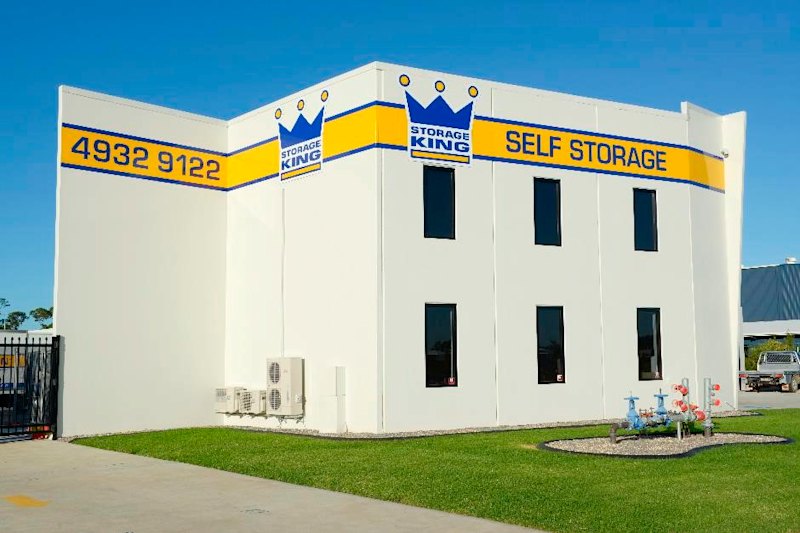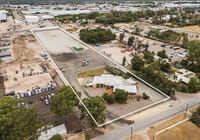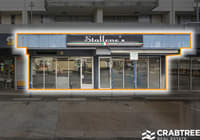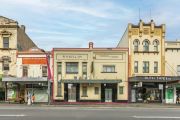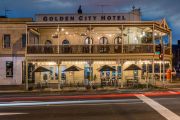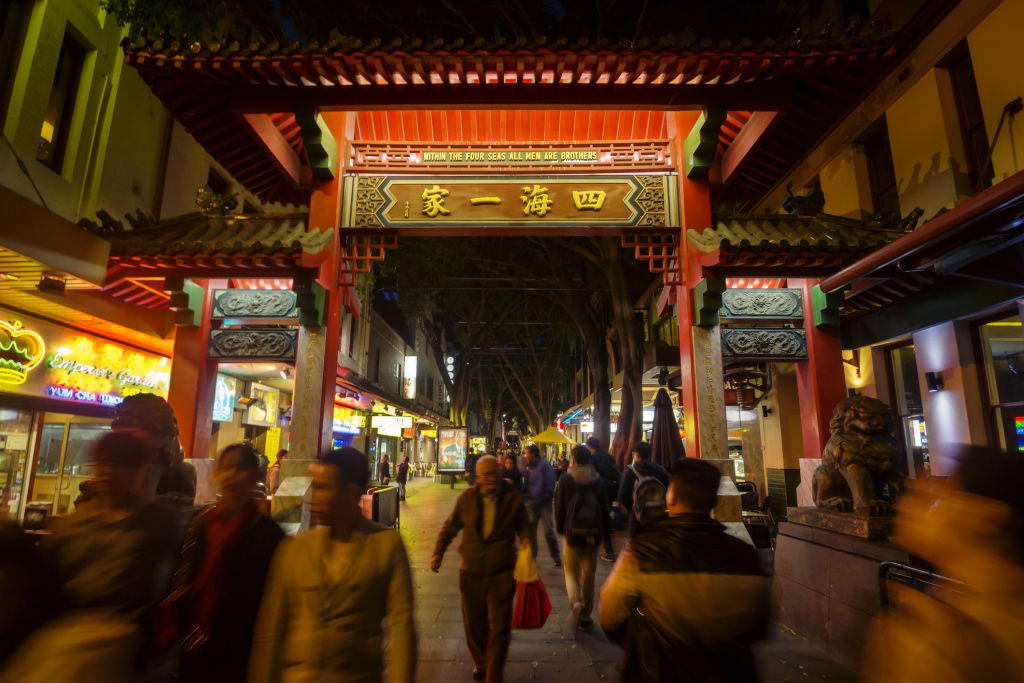
Commercial vacancies are up in Sydney's Chinatown, but it is still doing better than the rest of the CBD, report finds
Commercial vacancy rates in Sydney’s Chinatown have risen during the COVID-19 pandemic but not as much as surrounding neighbourhoods, making it one of the best-performing markets in the city.
New research pegs the current occupancy rate of the precinct between Central Station and Darling Harbour at 8.55 per cent or 24 tenancies. This compares with less than 3 per cent before the pandemic.
The figures were the result of a tenancy survey conducted by Ray White which included Goulburn, Harbour, Hay Street, Quay, George, Pitt and Castlereagh streets and Ultimo Road.
According to the firm, this precinct is home to 295 street-fronting tenancies with an area of about 44,920 square metres.
While the vacancy rate is up in what is historically a very tightly held precinct, it is performing well ahead of the Sydney CBD average, where prime vacancies trended in the 6 per cent to 9 per cent range before the pandemic.
Precise figures for the rest of the city weren’t calculated, but these rates were expected to have more than tripled during the pandemic, according to Vanessa Rader, head of research at Ray White Commercial.
“We have not completed any surveys of other parts of the CBD, however, the current rate of vacancy across Chinatown is still better than the prime parts of the city in the pre-covid period so I would confidently say it is the best-performing part of the CBD by way of occupancy and vibrancy,” Ms Rader said.
She said the area was likely to be benefitting from its large number of apartments compared with other pockets of the city.
“This is probably because of a high residential population in the southern end of the CBD, and despite international student numbers back, there is still the university there which is operating bringing a domestic student population into region,” she said.
“The precinct is quite unique, which brings people for either food, specialty retailing and also remembering we are starting to see domestic visitors and weekend Sydneysiders more comfortable with venturing into the city.”
The increase in vacancies and reduced foot traffic during the pandemic has put downward pressure on rental yields, according to Ms Rader, with some newly vacant tenancies attracting a 30-50 per cent discount on pre COVID-19 rates.
Despite this, she anticipated the precinct would continue to outperform other parts of the city in the next 12 months.
“The retail in this precinct is more tied to visitors and local population compared to the core CBD which is linked to tourism and office workers,” Ms Rader said.
“With offices still largely unoccupied and will be for the remainder of this year and tourism probably not really back for at least half of 2021, I expect that the Chinatown precinct will outperform.
“We saw a number of dining establishments close down in Chinatown this year, and the dining restrictions are hard for this precinct along with everywhere else, [but] I think the fact that tourism won’t be a feature for Sydney will hurt dining more for the core CBD and many businesses will (and have) already found it hard to sustain [things like] limited seating,” she said.

